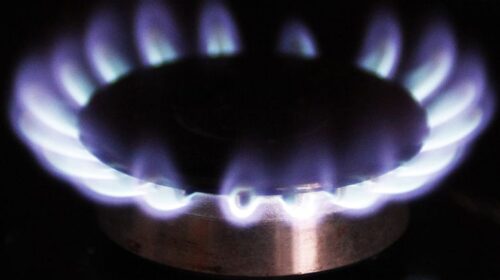Gas stoves are a hot topic. A new study linked them to one in eight childhood asthma cases, the US Consumer Product Safety Commission said it would look into banning them, and Republicans expressed anger at the mere suggestion.
At the same time, federal and state policies are aiming to give gas stoves’ main competition – regular electric stoves and the ballyhooed induction stove – a boost.”
What does this all mean for you? We’ll break it down in this explainer.
Are gas stoves a source of indoor air pollution?
Without a doubt, yes. There are two ways gas stoves pollute your home. The first is the most obvious: when they’re in use. Burning gas creates heat, which causes nitrogen and oxygen to bond among the flames. They combine to create nitric oxide and nitrogen dioxide, collectively known as NOx, which can irritate the lungs. But that’s not the only compound to worry about. Cooking with gas can also emit carbon monoxide, particulate matter and even formaldehyde. Those all have various deleterious health impacts, and can affect the respiratory and cardiovascular systems.
There’s likely a more insidious form of pollution emanating from your stove. A growing body of research shows gas stoves emit toxic compounds even when not in use. Among the most worrisome is benzene, a carcinogen. A study by PSE Health Energy found benzene in 99% of samples it took in homes in California. Other chemicals discovered included xylene, toluene and ethylbenzene, which can also cause respiratory issues and may cause cancer as well.
Talor Gruenwald, the lead author on the new asthma study and researcher at Rewiring America, said the finding “demonstrates that this is a real public health challenge that we have to address”.
Just how much pollution are we talking about here?
A lot. The PSE Health Energy study found that gas stoves can emit as much benzene as a cigarette, making them akin to secondhand smoke.





